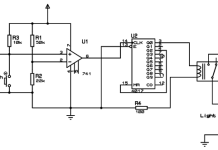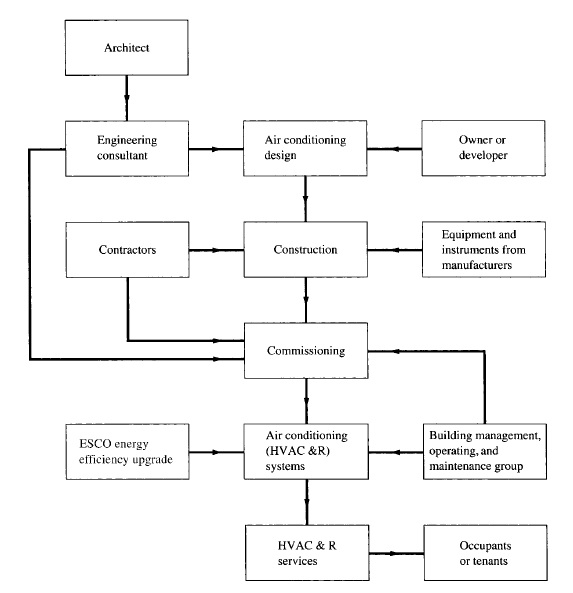ABSTRACT
We investigate the secure connectivity of wireless sensor networks under the random pairwise key predistribution scheme of Chan, Perrig, and Song. Unlike recent work carried out under the assumption of full visibility, here we assume a (simplified) communication model where unreliable wireless links are represented as independent on/off channels. We present conditions on how to scale the model parameters so that the network 1) has no secure node that is isolated and 2) is securely connected, both with high probability, when the number of sensor nodes becomes large. The results are given in the form of zero-one laws, and exhibit significant differences with corresponding results in the full-visibility case. Through simulations, these zero-one laws are shown to also hold under a more realistic communication model, namely the disk model.
IMPLEMENTATION
MODULES:
v Network Deployment Module
v Pair-wise Key Generation
v Key Distribution
v Key Authentication and Validation
MODULES DESCRIPTION:
v Network Deployment Module
Our First module is Network Deployment Module, where the Wireless Sensor Network (WSN) nodes are deployed. User can give the number of required nodes. Based on it the Nodes are deployed. Each nodes display with a Unique ID in it. The node also depicts their Energy Levels.
v Pair-wise Key Generation
In this module, we implement a simple communication model where channels are mutually independent, and are either on or off. An overall system model is then constructed by intersecting the random graph model of the pairwise key distribution scheme. PairWise key is generated as such like between two nodes. For this new random graph structure, we establish zero-one laws for two basic (and related) graph properties, namely graph connectivity and the absence of isolated nodes, when the model parameters are scaled with the number of users. We identify the critical thresholds and show that they coincide. To the best of our knowledge, these full zero-one laws constitute the first complete analysis of a key predistribution scheme under non-full visibility
v Key Distribution
In this module, we implement an attempt to go beyond full visibility, we revisit the pair-wise key predistribution scheme. The key generated in the previous module, is distributed to the pair module.
v Key Authentication and Validation
In this module, keys are validated and then the data is transferred. If the key is not received by the node, then the node cannot receive the data. Only the nodes which receive the key can validate and receive the data.
SYSTEM REQUIREMENTS:
HARDWARE REQUIREMENTS:
• System : Pentium IV 2.4 GHz.
• Hard Disk : 40 GB.
• Floppy Drive : 1.44 Mb.
• Monitor : 15 VGA Colour.
• Mouse : Logitech.
• Ram : 512 Mb.
SOFTWARE REQUIREMENTS:
• Operating system : – Windows XP.
• Coding Language : JAVA
• Techniques : RMI, SWING
CONCLUSION
In this paper, we developed a general framework for pairwise key predistribution in sensor networks based on the basic polynomial-based key predistribution. This framework allows study of multiple instantiations of possible pairwise key establishment schemes. As two of the possible instantiations, we developed the key predistribution scheme based on random subset assignment, and the grid-based key predistribution scheme. Our analysis of these schemes demonstrated that both schemes are superior to the existing approaches. Several directions are worth pursuing in our future research. We would like to further investing ate properties of such extensions and compare them with the existing techniques. Second, we observe that sensor nodes have low mobility in many applications. Thus, it may be desirable to develop location based schemes so that the nodes that can directly establish a pairwise key are arranged to be close to each other












